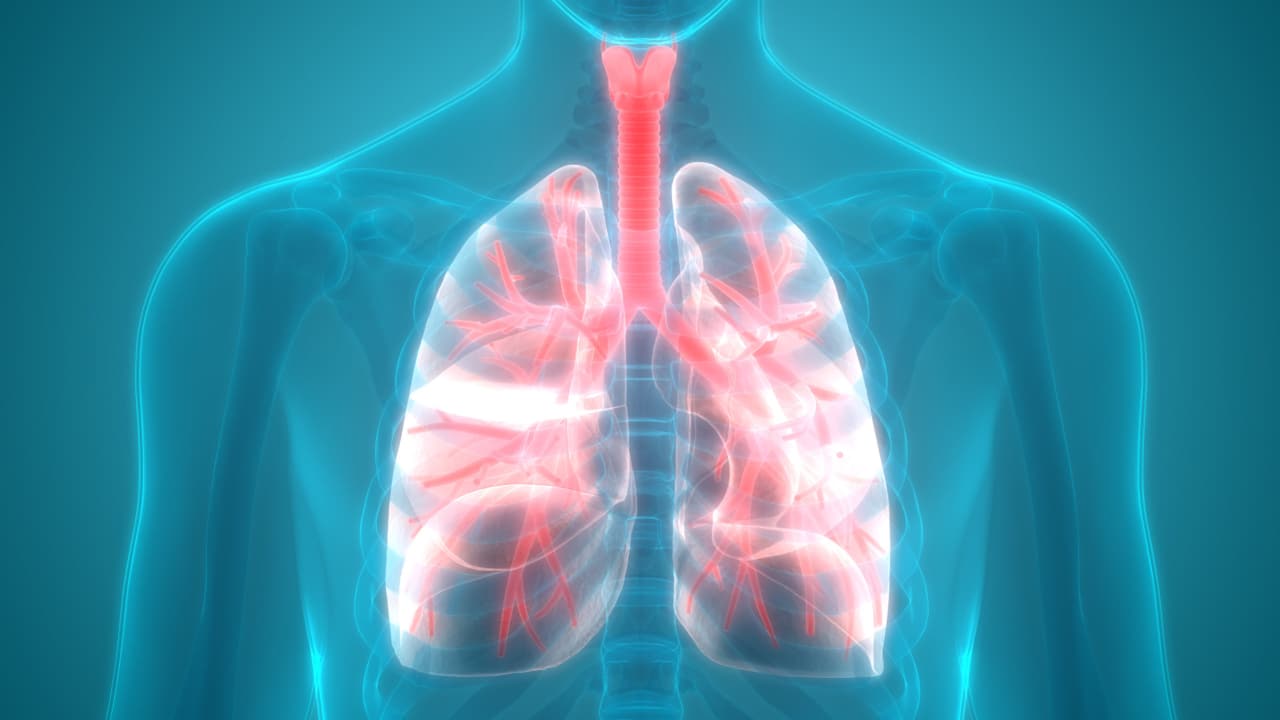Chest Tube Care
Viewing Study Tools Requires a Membership
55% of NURSING.com users are visual learners, and 35% stop using their textbooks altogether.
This nursing cheat sheet from NURSING.com provides a comprehensive overview of chest tube care, essential for managing patients with chest tubes. Chest tubes are placed to drain fluid, blood, or air, establish negative pressure, and facilitate lung expansion. They must remain upright and below the patient's chest. Key supplies include a drainage system with a water seal chamber, suction setup, dressing supplies, and a permanent marker.
For assessment, use the mnemonic TWO AA’S: Tidaline, Water Seal Level, Output, Air Leak, Ability to breathe, and SpO2. If an air leak is discovered, use the cross-clamp technique and notify the provider if the chest tube or site is the source. In case of accidental tube removal, apply an occlusive dressing and alert the provider.
Nursing considerations include explaining the procedure, maintaining hand hygiene, setting up the drainage system, monitoring for tidaling, bubbling in the water seal chamber, and assessing output. Safety precautions include not clamping or stripping the tubing, and keeping essential items like hemostat clamps and sterile water at the bedside. Proper documentation and patient education on the purpose of the chest tube and symptoms to report are crucial.



